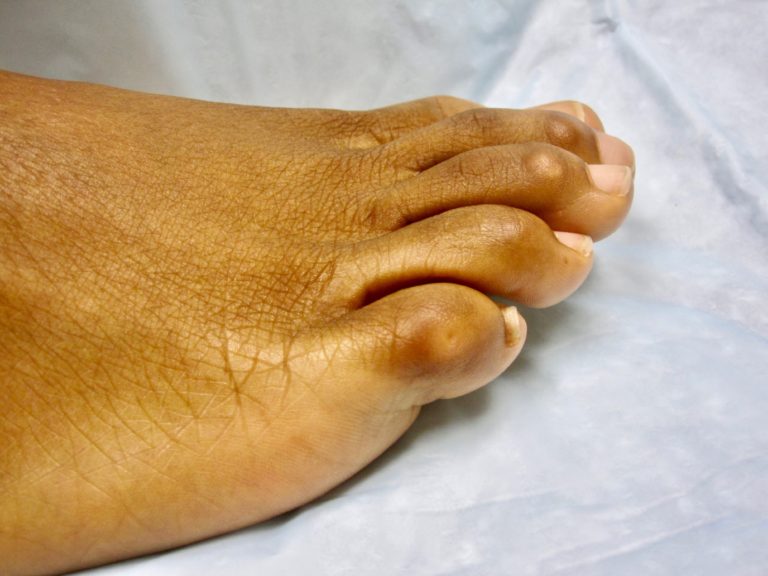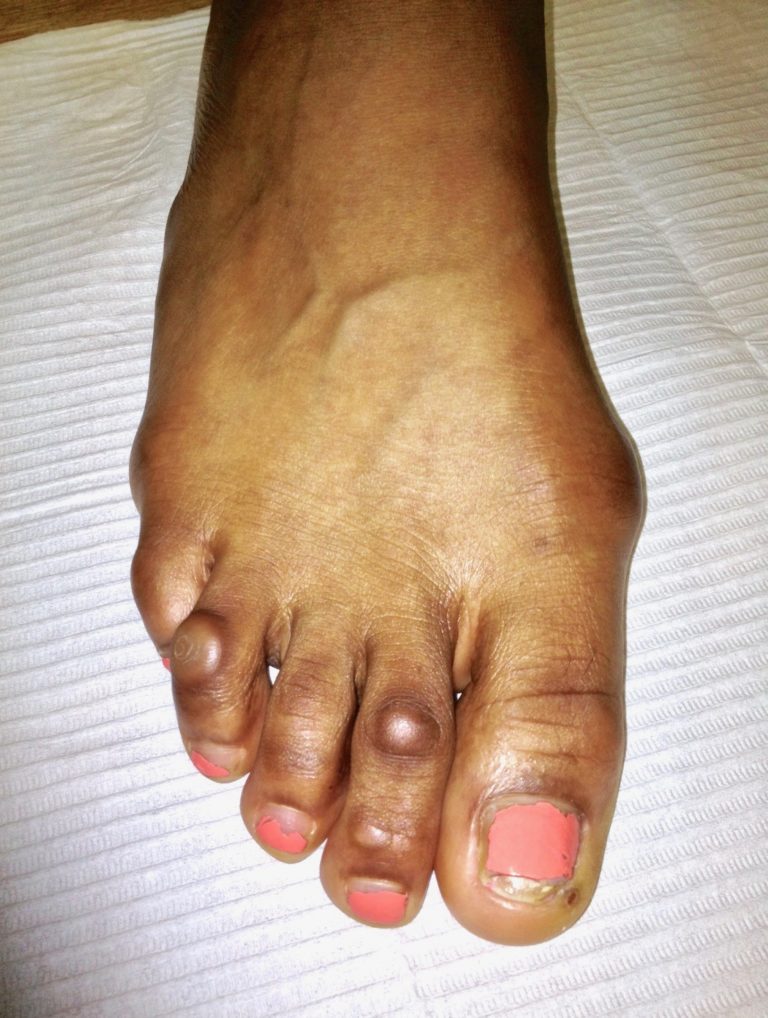Hammertoes / Toe Deformities
Watch the video above to learn about Hammertoes / Toe Deformities, and how I approach treating this with my patients. There's also more information below. As always, when you're ready, fill out the form on this page to request a consultation.
I walked in, they were so friendly and took amazing care of me. — Danielle


A hammertoe results when there is a flexion contracture at the proximal interphalangeal joint (PIPJ). This leads to prominent bone at the PIPJ on the top of the toe and can also lead to pressure at the tip of the toe.
A mallet toe results when there is a flexion contracture at the distal interphalangeal joint (DIPJ). This leads to prominent bone at the DIPJ on the top of the toe and can also lead to pressure at the tip of the toe.
A claw toe results when there is a flexion contracture at both the proximal and distal interphalangeal joints. This leads to prominence at both the PIPJ and DIPJ on top of the toe and can also lead to pressure at the tip of the toe.
Symptoms
- Pain, generally sharp and throbbing in nature, is commonly felt on top of the involved joint and can also be felt at the tip of the toe
- Numbness in the toe
- Corn formation on top of the involved joint
- Callus formation at the tip of the toe
- Swelling
- Limited ability to wear shoes comfortably
- Limited ability to participate in physical activity
Diagnosis
Diagnosis is made by a comprehensive foot exam by Dr. Stewart along with x-rays of the foot.
Treatment
Conservative treatment options are available for toe deformities. If pain and limitation continues after all conservative care has been exhausted, then surgical intervention is generally recommended. Dr. Stewart only recommends surgery for pain and limitation and never recommends surgery for cosmetic reasons.
My bunion and 2nd digit hammertoe on my right foot has plagued me for years. When I first met Dr. Stewart and his team, I quickly realized that it was time to stop procrastinating and finally get my foot pain taken care of once and for all. Throughout my entire experience, Dr. Stewart and his staff were very accommodating. – Ray Cameron
Conservative treatment for Hammertoes / Toe Deformities includes:
- Deeper and wider shoe gear
- Custom foot orthotics
- Ice along the toe 2-3 times per day for 20 minutes at the area of maximum tenderness. Elevation is recommended while icing
- Medications including anti-inflammatory medications (NSAIDs), Tylenol, oral steroids, and in some cases narcotic pain medication
- Steroid injections
- Avoidance of flip-flops, flats, and barefoot walking
- Supportive open shoe gear to keep pressure off of the prominent bone
- Supportive shoe gear including a motion control running shoe such as Brooks, Asics, New Balance, or Saucony; Keen and Merrell style shoes are also recommended
- Padding over the prominent joint
If all conservative care fails, then surgical intervention is recommended. There are many surgical options for toe deformities and if surgery is indicated, Dr. Stewart will choose the right procedure for you. The goal of surgery is to reduce the prominent joint, take pressure off the tip of the toe, and prevent recurrence of the deformity. The surgical recovery depends on the procedure performed.
Surgical treatment for Hammertoes / Toe Deformities includes:
- Simple removal of the prominent bone and joint (arthroplasty)
- Interphalangeal joint fusion (arthrodesis)
- Tendon release (tenotomy)
- Fusion of toes (syndactyly)
